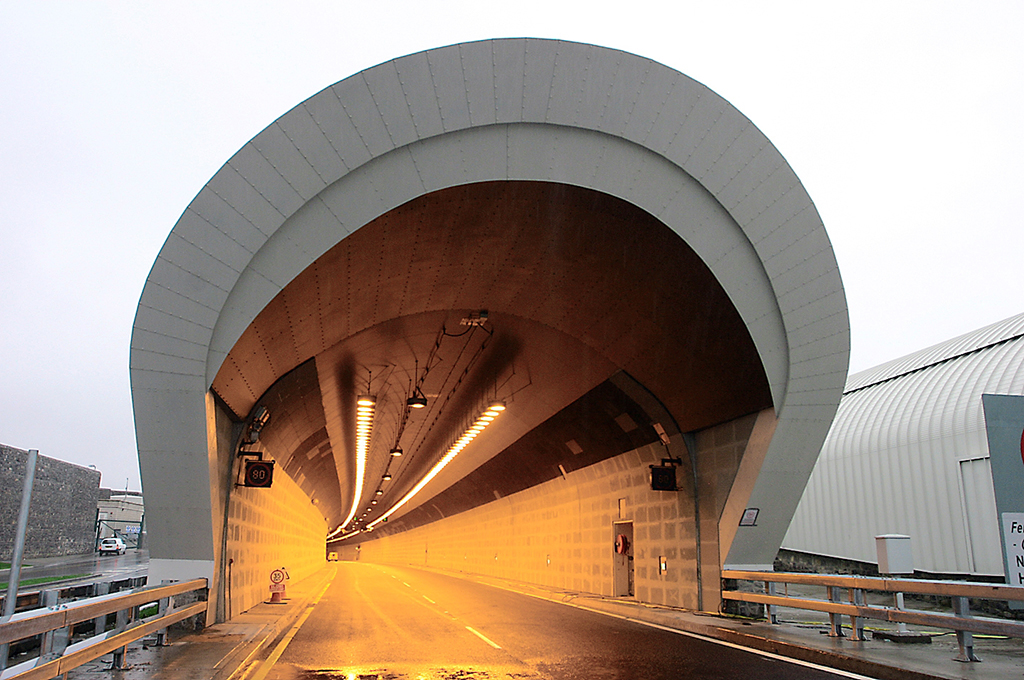THE Government has vowed to take immediate action following a study that showed high levels of pollution from transport in areas of Dublin.
The Environmental Protection Agency (EPA) study showed that nitrogen dioxide levels due to traffic, pose a public health risk.
The report – ‘Urban indicators – Nitrogen dioxide levels in Dublin’, presents new evidence which indicates that nitrogen dioxide may exceed the annual EU limit value in certain city centre streets, the M50 motorway, and the entrance to, and exit, from the Dublin Port Tunnel.
The Green Party is urging the Government to take action. Cllr Donna Cooney (GP), who represents that Clontarf Local Electoral Area (LEA), said: “I raised the issue of air quality and the impact of the EU ambient air quality directive in the consultation for the Dublin Port Tunnel as far back as the ‘90s.
“Children and older people are most at risk from poor air quality.”
Cllr David Healy (GP), who represents the Howth-Malahide Local Electoral Area (LEA), said investment in motorways has only encouraged more cars to stay on the road.
"We should revise the policy of promoting driving,” he said. “We need to encourage people to walk, increase cycling infrastructure and invest in public transport.”
Ciarán Cuffe, a Green Party MEP for Dublin, said this new evidence underpins the need to invest in public transport, walking and cycling in Dublin city.
“Minister for Transport Shane Ross TD should give local authorities the power to reduce low emission zones, and such a zone should be introduced without delay in Dublin’s inner city,” he said.
“There is a clear link between air quality and respiratory complaints, especially for children and older people. It is unacceptable that car drivers are being prioritised over the health of inner-city communities.
“In addition, Minister Bruton should ensure more air monitoring stations are provided in the inner city. There is currently no air monitoring in Dublin’s North Inner City, a community of 70,000 residents. This is unacceptable.”
Minister for Communications, Climate Action and Environment Richard Bruton said the findings are very concerning and underline the need to implement the Climate Action Plan.
“Our plan includes a number of actions which will have a significant impact on reducing emissions and improving air quality,” said Minister Bruton.
“Actions include the development of a regulatory framework for low emission zones and providing local authorities with the power to restrict access to certain parts of a city or a town to zero emission vehicles only.
“We are also committed to reaching 180,000 electric and hybrid vehicles on our roads by 2025 and nearly one million by 2030.
“Reaching 70 percent renewable electricity and electrifying our private and public transport fleets will have a huge impact on air quality in our towns and cities.
“The National Ambient Air Quality Monitoring Programme, which my Department is funding, will provide greater access to air quality information and has allowed the EPA to identify suitable sites for additional air monitoring stations in Dublin.”
Minister Bruton added: “We will now convene the relevant bodies to ensure we take immediate action on this matter and improve the air quality in Dublin.”
Dublin City Council said the report is a timely call to action to all stakeholders to address the challenge of meeting EU air quality standards and protecting public health across the Dublin region.
“The underlying source of this air quality challenge is clearly identified in the report as being linked to transport emissions in heavily trafficked areas,” a city council spokesperson told Northside People.
“Dublin City Council participated with the Environmental Protection Agency in the indicative monitoring exercise in Dublin City.
“With the support of the Environment Protection Agency, Dublin City Council has expanded and enhanced the ambient air quality monitoring network in Dublin City. The results from this report underline the need to ensure this work is sustained.”
The city council said the challenge of addressing elevated levels of nitrogen dioxide emissions from the transport sector in the Dublin region requires coordinated intervention from Government departments, a wide range of national, regional and local authorities, as well as direct citizen engagement.
“Dublin City Council is committed to working with all the relevant authorities to bring about the required improvements in air quality within the Dublin region,” the spokesperson added.
